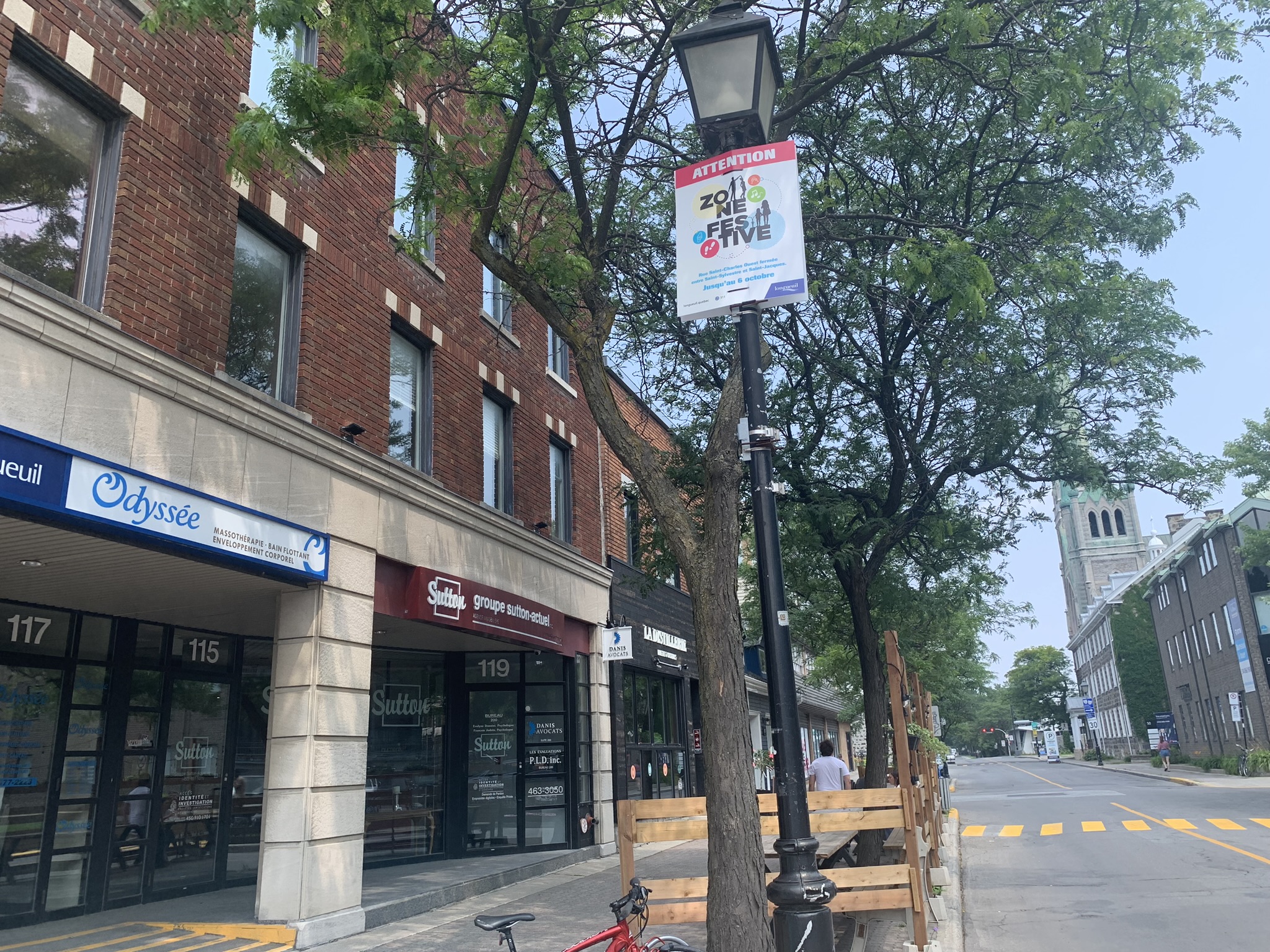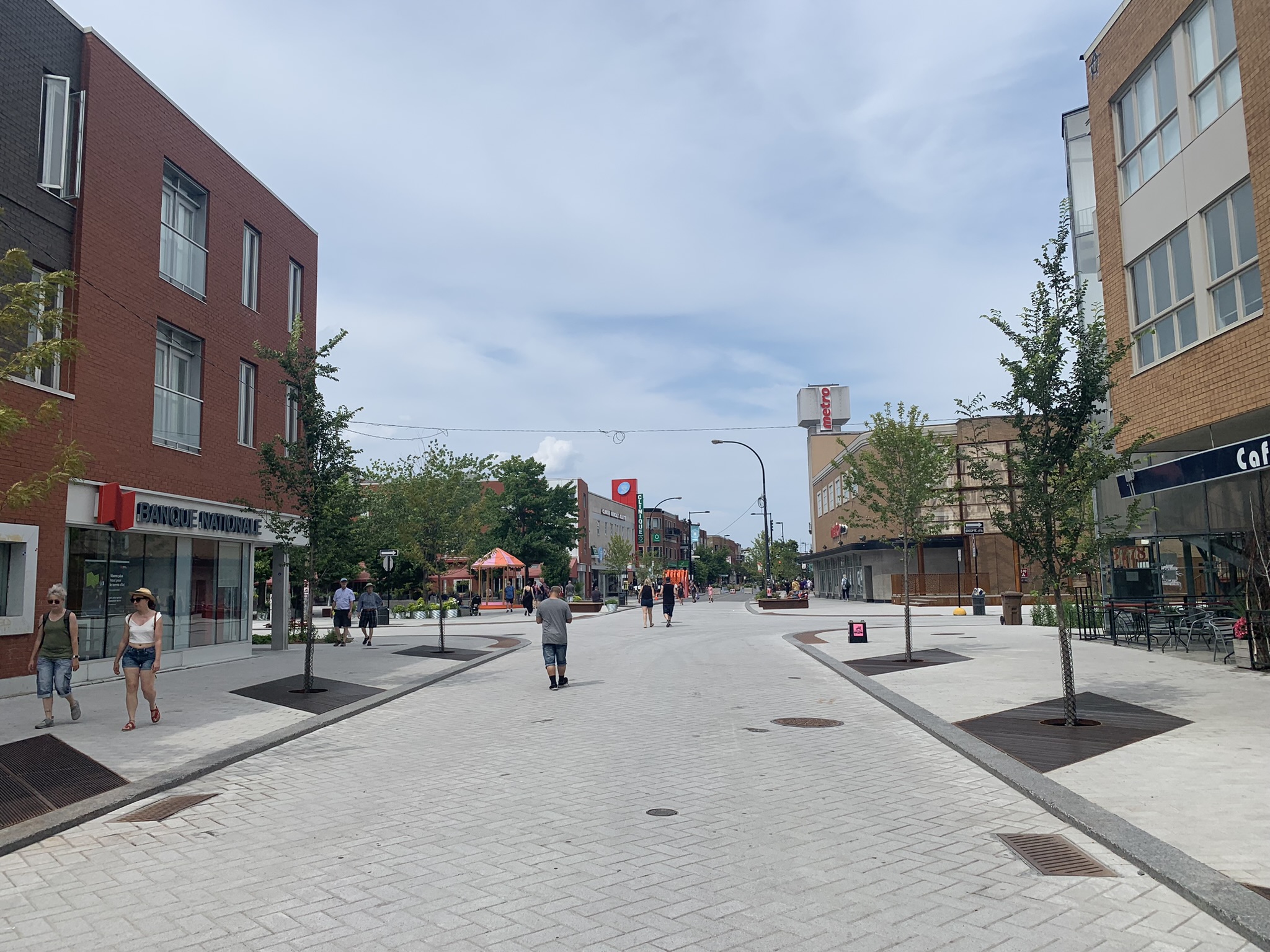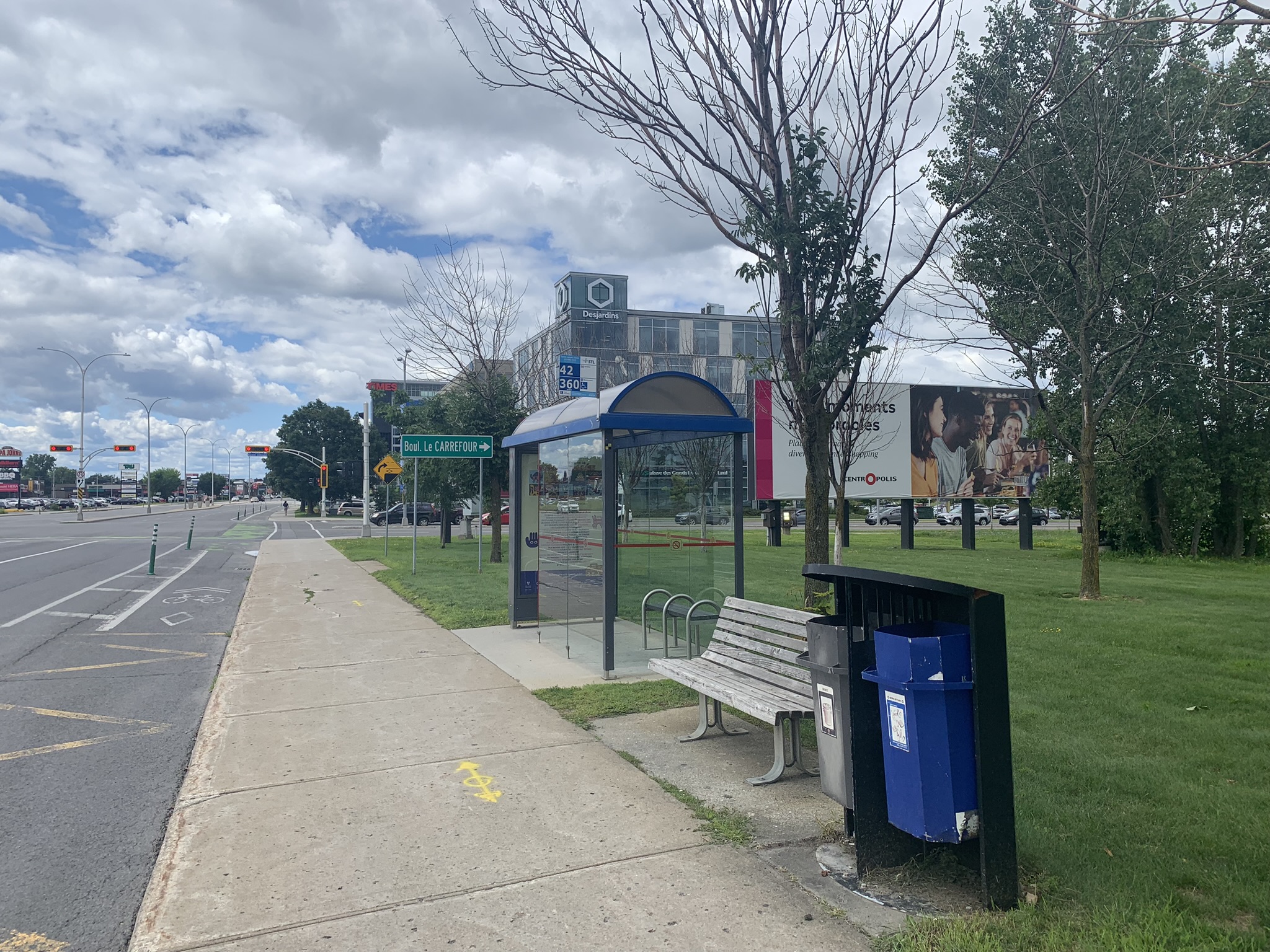Montréal
Regional Report
Vibrant main streets are essential to building strong neighbourhoods. Strong neighbourhoods are essential to healthy cities. And healthy cities are the foundation of a strong country. Over 4 million people live in the Montréal region, with 96% residing within 1 km of a main street. Montréal’s main streets are home to over 23,000 businesses that employ 215,000 people and generate over $30 billion in revenue per year. There are also nearly 8,000 sites of civic infrastructure on main streets.
Main street businesses and civic infrastructure play a crucial role in the day-to-day lives of residents. But when main streets suffer, people suffer. The COVID-19 pandemic created significant pain on main streets, leading to the closure of businesses, and subsequently, to empty storefronts. While some main streets in the Montréal region have rebounded, many have not fully recovered.
Our research shows that the most resilient main streets are those most closely aligned with their immediate local community. Opportunities for independent business and neighbourhood scale civic infrastructure are key building blocks for pushing back against longer-term threats to main streets, such as ecommerce and regional shopping centres.
Unfortunately, community resources are not equitably distributed within urban regions, including in the Montréal region. And, in more recently built suburban neighbourhoods that have not been developed around a main street, there is a scarcity of civic infrastructure. This research brief looks at main streets in relation to resiliency, community, and equity, drawing on 20 Montréal-region main street case studies.



